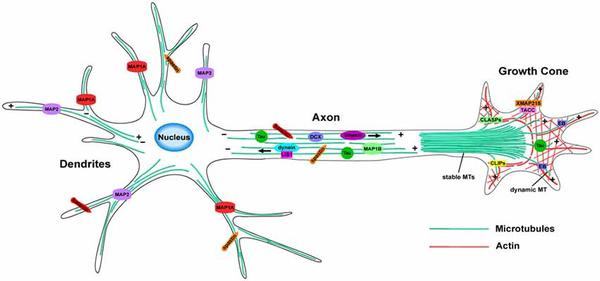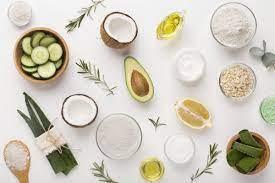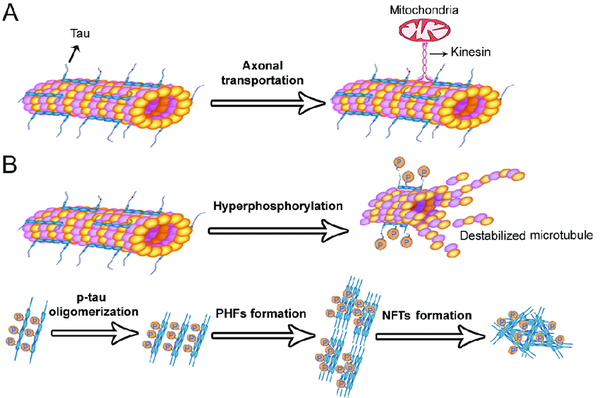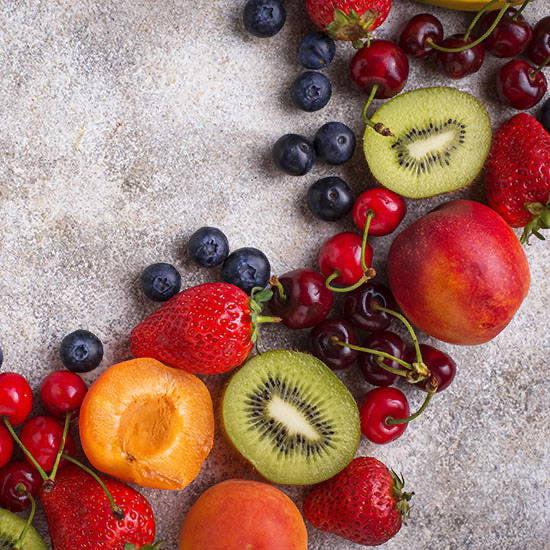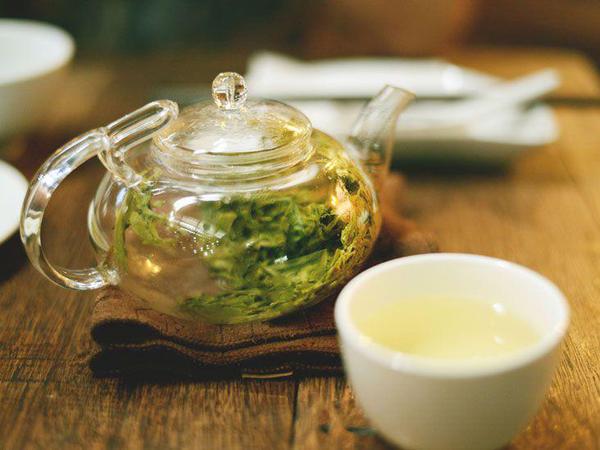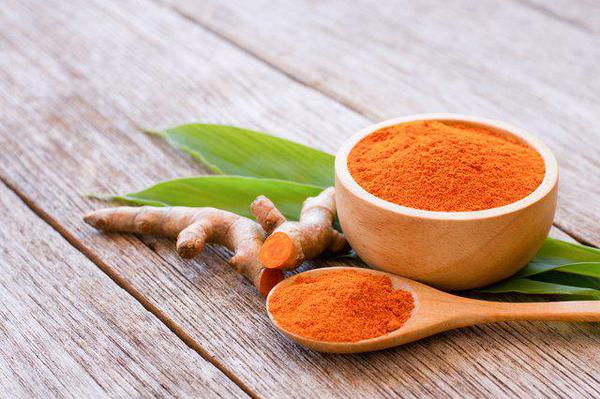
Progressive Supranuclear Palsy | PSP | Learn More
Why has no one heard of PSP? PSP is rare: no one even realized it existed until 1963, when several patients were first described at a national neurology research convention and the disease was given its name. In retrospect, at least 12 cases of PSP had appeared in the medical literature between 1909 and 1962, but because of its resemblance to Parkinson’s, it wasn’t recognized as a distinct disease. The brain under the microscope is almost identical to that of “post-encephalitic parkinsonism,” a

